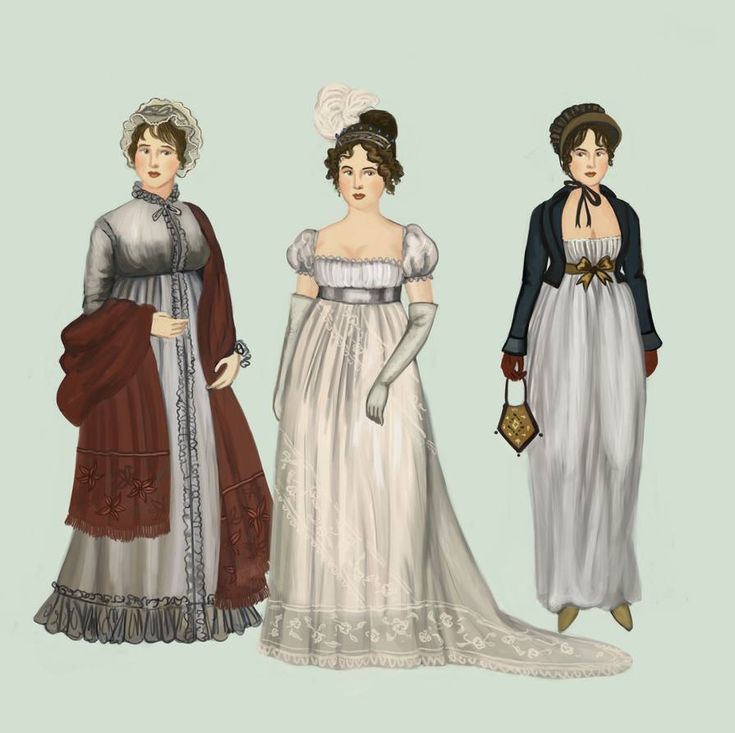- As technological advancements unfolded during the Renaissance period, fashion designs evolved alongside them. People began experimenting more extensively with fabric materials, cuts, shapes, and dyes, thereby enriching the spectrum of fashion possibilities.
Fashion styling and costume design play pivotal roles in shaping the landscape of the fashion industry.
These professionals collaborate with various entities, such as fashion houses, magazines, fashion shows, and film and television productions, to create captivating visuals that not only reflect current fashion trends but also influence future ones.
But how did these roles ascend to such prominence within the fashion world?
The origins of fashion styling and design can be traced back several centuries, even before fashion emerged as a structured industry.
Ancient civilisations boasted distinctive styles, often crafted by skilled designers adept at tailoring garments to suit specific occasions or weather conditions.
Read More
As technological advancements unfolded during the Renaissance, fashion designs evolved alongside them.
People began experimenting more extensively with fabric materials, cuts, shapes, and dyes, enriching the possibilities of fashion.
The 19th century they marked a pivotal shift towards creating fashion trends, igniting the development of fashion illustration and magazines.
These mediums swiftly gained traction among the fashionable elite, amplifying the influence of fashion stylists.
During this era, fashion stylists began assuming more prominent roles, such as curating mood boards, assembling outfits for fashion showcases or photoshoots, and crafting ensembles for special events.
The dawn of the 20th century witnessed the emergence of costume designers in Hollywood films. These professionals played a vital role in fashioning costumes harmonizing with characters and their narratives.
Costume designers often specialised in particular genres or themes, contributing to the intersection of fashion and storytelling. Concurrently, as the prominence of fashion surged, so did the demand for personal fashion stylists.
These stylists catered to celebrities, assisting them in crafting distinctive looks for television appearances and fashion shoots.
In contemporary times, fashion styling and design have entrenched themselves as indispensable components of fashion culture.
Fashion stylists are revered for their prowess in fashion forecasting, adeptness in crafting visual narratives, and ability to ensure that fashion trends remain pertinent in evolving times.
Similarly, costume designers retain their significance in film and television productions, breathing life into characters through costumes that encapsulate the essence of their stories.
The trajectory of fashion styling and costume design from ancient times to today exemplifies their evolution into indispensable facets of the fashion realm.
Fashion stylists and costume designers are indispensable creatives who infuse fashion with dynamism and accessibility, enriching the global fashion landscape.










